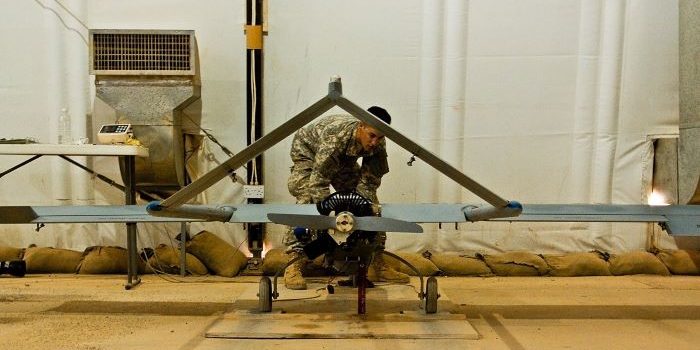The Defense Systems Information Analysis Center (DSIAC) was asked to identify how UAS technologies are being used to improve maritime domain awareness and detect and deny IEDs. UASs have been recognized as a versatile platform that can pose threats in various domains to U.S. Department of Defense (DoD) personnel and government operators/agents. Two domains particularly challenged by developing UAS technologies are C-IEDs and maritime domain awareness.
Multiple DoD organizations have been researching ways to use electronic warfare to counter UASs carrying IEDs, including the U.S. Army, the Joint Improvised-Threat Defeat Office, and the U.S. Air Force Research Laboratory. Research and technology for countering airborne IEDs with UASs appear to focus on sensors, radar, and electronic warfare. The DoD is currently reviewing funding opportunities for a variety of organizations and looking to improve upon older technology to best meet the Warfighter’s needs when countering IEDs.
In addition, numerous DoD-sponsored organizations have been researching ways to impact and improve maritime domain awareness, including D-Fend Solutions, Liteye Solutions, Numerica Corporation, CACI International Inc., and Romeo Papa Boats. The U.S. Coast Guard is currently working on 50 projects related to this domain under their Research and Development Center, including the Advanced Maritime Counter-Unmanned Aircraft Systems (C-UAS) Technologies project. Kinetic and nonkinetic C-UAS solutions, electro-optical/infrared cameras, data fusion algorithms, and machine learning are all technologies being researched and using C-UAS to aid in maritime domain awareness.


